
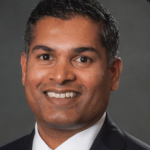 Anish Michael serves as Firmspace’s Chief Executive Officer. Anish joined Firmspace as its CEO in August 2019 after spending fifteen years as a legal advisor to public and private companies, including serving as Firmspace’s outside legal counsel since the company’s inception.
Anish Michael serves as Firmspace’s Chief Executive Officer. Anish joined Firmspace as its CEO in August 2019 after spending fifteen years as a legal advisor to public and private companies, including serving as Firmspace’s outside legal counsel since the company’s inception.
Anish brings his legal and business acumen to Firmspace in an effort to scale up the company’s niche professional workplace model. Anish manages company direction, growth, and strategy at Firmspace. In his role as CEO, Anish works to share Firmspace’s strategy and vision with its members, strategic partners, and investors.
Connect with Anish on LinkedIn. 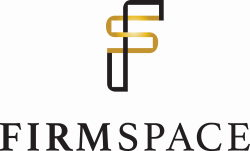
What You’ll Learn in This Episode
- About the new co-working space in Buckhead that is ready for social distancing
- Focused work for professionals
About Our Sponsor
OnPay’s payroll services and HR software give you more time to focus on what’s most important. Rated “Excellent” by PC Magazine, we make it easy to pay employees fast, we automate all payroll taxes, and we even keep all your HR and benefits organized and compliant.
payroll services and HR software give you more time to focus on what’s most important. Rated “Excellent” by PC Magazine, we make it easy to pay employees fast, we automate all payroll taxes, and we even keep all your HR and benefits organized and compliant.
Our award-winning customer service includes an accuracy guarantee, deep integrations with popular accounting software, and we’ll even enter all your employee information for you — whether you have five employees or 500. Take a closer look to see all the ways we can save you time and money in the back office.

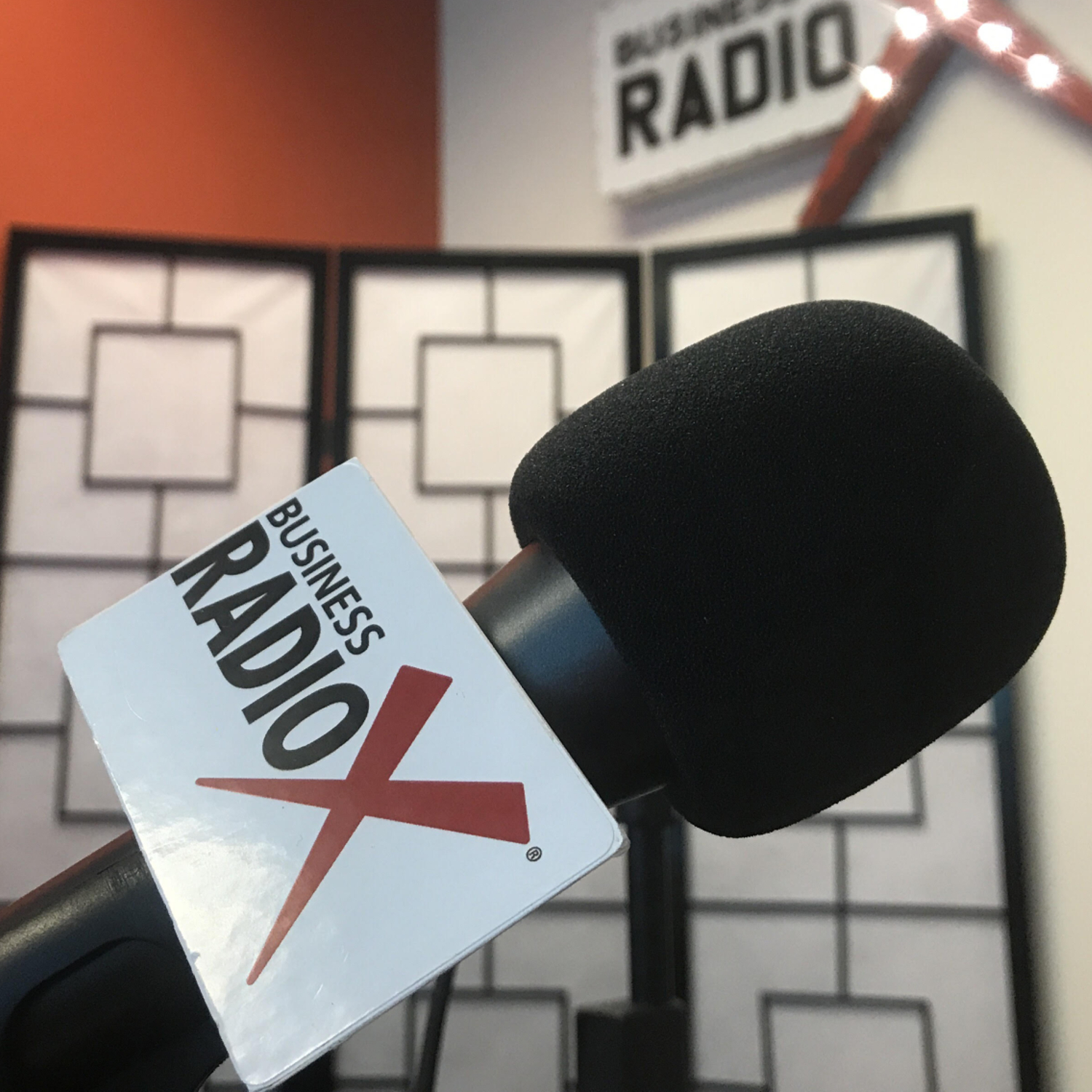

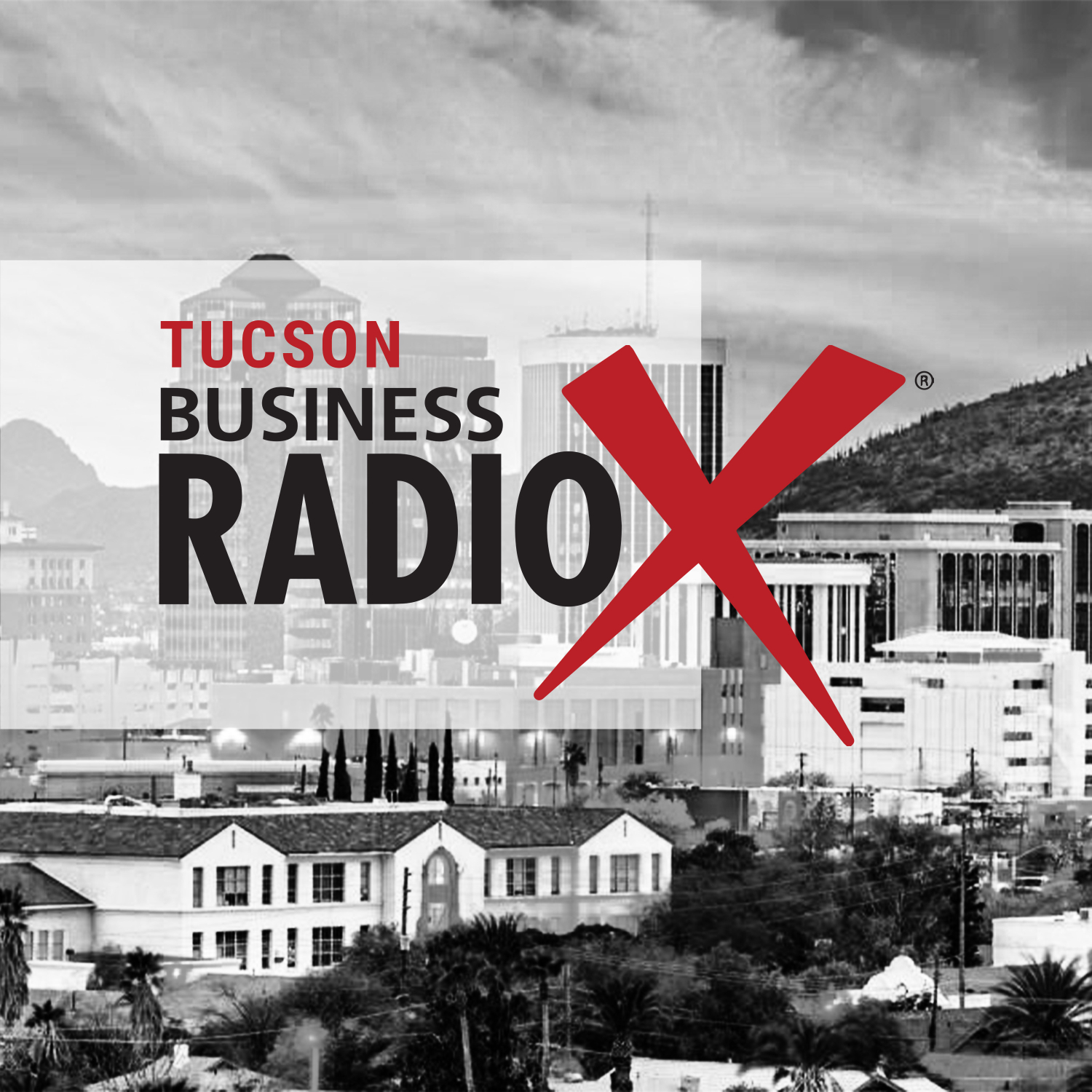
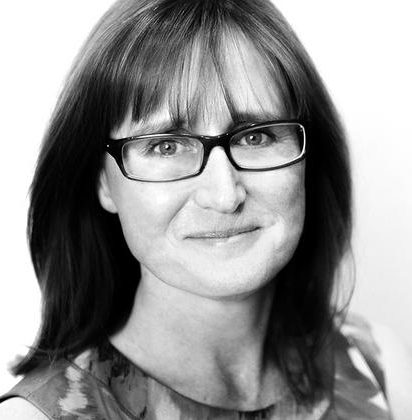

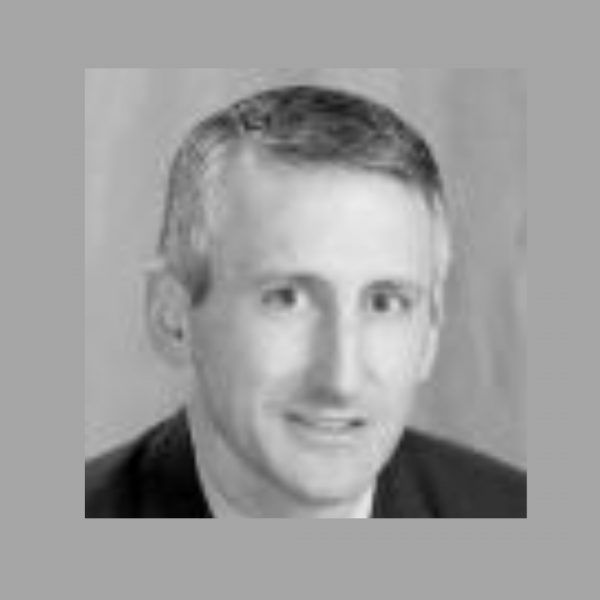

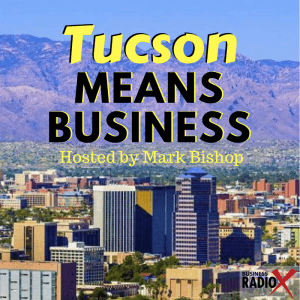

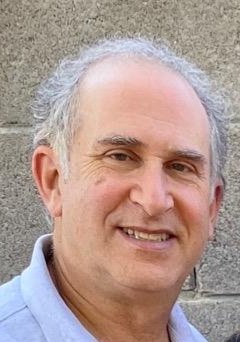



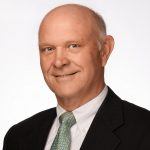 Dale Richards, President of
Dale Richards, President of 

 Jessica Lowery is the Founder & CEO of
Jessica Lowery is the Founder & CEO of 
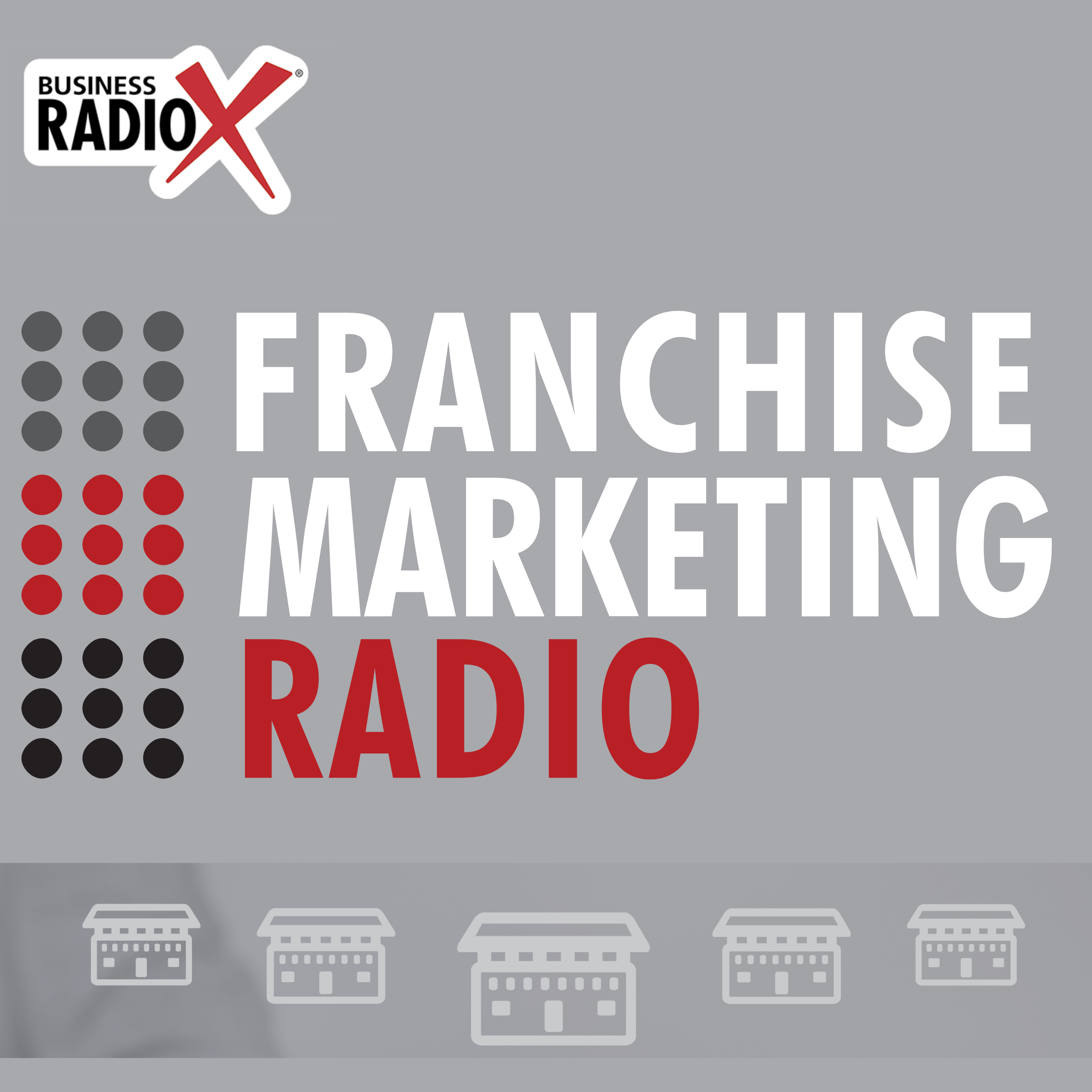

 Patricia Perry is the Vice President of Franchise Development at
Patricia Perry is the Vice President of Franchise Development at 
 Jeremy Duvall is the founder of
Jeremy Duvall is the founder of 













